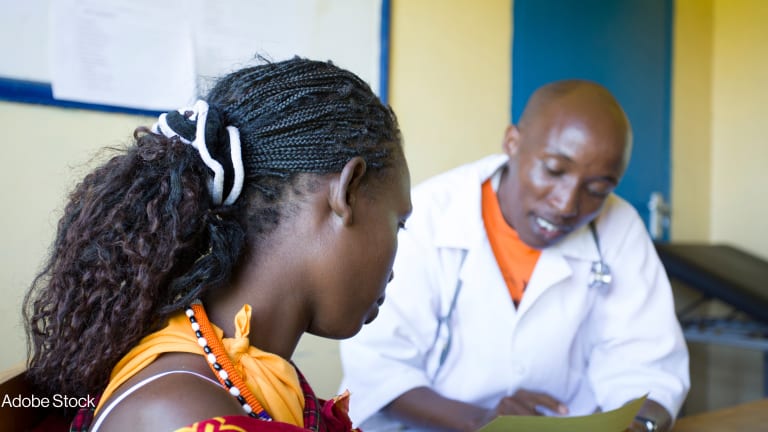
Over the past decade, the U.S. President’s Emergency Plan for AIDS Relief has saved millions of lives, but a watchdog claims it could help even more if information were managed better.
But how can this be done?
In its latest report, the Government Accountability Office noted what PEPFAR needs to do to become more effective in its operations:
Complete and timely data could help PEPFAR countries manage costs and plan effective treatment ahead
Better inventories, record keeping and tracking systems could help supply chains operate more efficiently
More rigorous evaluation could inform partners on improving their country-led programs
With more efficient information management, countries can better meet the needs of about 23 million people around the world eligible to get antiretroviral treatment from the program.
Better information
The need for sound data-driven decisions is even greater now as partner countries are increasingly being tapped by the U.S. government to manage their PEPFAR-funded programs. And the need to show results and proper management is all the more compelling as the United States has poured in $44 billion and counting to the global fight against HIV/AIDS.
Incomplete information, old data, different indicators from one country to another, poor inventories and weak record keeping, among other issues, continue to prevent partner countries from managing their resources properly, thus increasing the cost of treatment in many cases.
In report after report, GAO has cited all these weaknesses, but they remain to be addressed.
PEPFAR’s current methods of estimating treatment cost do not capture the full costs of treatment as the data used was taken seven to eight years ago. The program “lacks a plan for systematically conducting or repeating cost studies in partner countries,” says the latest survey.
Need for uniform indicators, more inventory control
GAO suggests the State Department, which currently oversees PEPFAR, should expand in-depth cost studies to other countries and include in its analysis non-PEPFAR costs. State has “generally agreed with the recommendations,” according to the watchdog.
State’s Office of the U.S. Global AIDS Coordinator has made efforts in the past to set uniform indicators on PEPFAR treatment program results, after GAO discovered that implementers on the ground were using wide range of different indicators.
“OGAC has not yet established minimum standards for partner countries’ M&E systems, particularly relating to data completeness and timeliness, in order for PEPFAR country teams to assess those systems’ readiness for use in treatment program management and results reporting,” the report claims, while OGAC said they have begun revising their procedures.
When GAO visited the supply chains of partner countries, they found that a total of 11 partner countries have lax inventory controls, and one lost about $265,000 due to this.
Heavy workload, inadequate training and insufficient oversight may have contributed to these weaknesses, the report says. OGAC “does not specifically” require PEPFAR teams to develop plans on inventory and record keeping nor demand teams to track whether countries are measuring pharmaceutical drug consumption, waste and loss.
OGAC admitted inventory controls “are not optimized in all PEPFAR countries,” but confirmed to GAO they have been working on these concerns.
Read more on U.S. aid reform online, and subscribe to The Development Newswire to receive top international development headlines from the world’s leading donors, news sources and opinion leaders — emailed to you FREE every business day.








